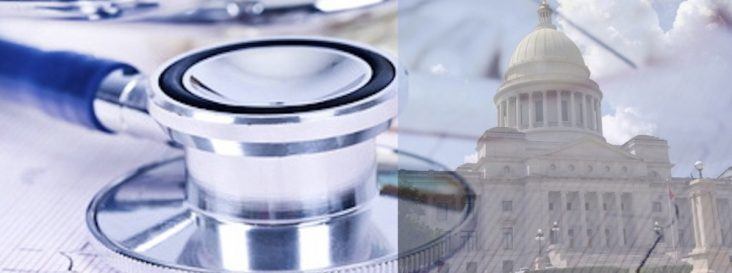Private option insurance population dips, premium payments rise
by January 12, 2017 8:29 pm 364 views

The number of Arkansans involved in the state’s private option medical insurance program – now known as Arkansas Works – fell in December for the first time in 2016.
The total number that month was 330,943, according to information released Thursday by the state’s Department of Human Services. In November, it was 333,776. In January 2016, it was 267,826.
In December, 276,141 Arkansans had their premiums paid through the program, which uses federal dollars to purchase private health insurance for Arkansans with incomes up to 138% of the federal poverty level. That was more than in November (275,789) but less than in October (276,538).
The number of Arkansans classified as “medically frail” dropped from 22,914 in November to 22,375 in December. Those Arkansans are considered too unhealthy to join the private insurance population and instead are covered by Medicaid. The number of Arkansans in an “interim” status – no insurance premiums and not in the medically frail category – dropped from 35,073 to 32,427.
Not counting those in interim status, the number of people served by the program dropped slightly from 298,703 in November to 298,516 in December.
In December, a total of $97.15 million in premium payments were made for private option recipients – an increase of about $200,000 from November, when $96.95 million were paid. The average cost per person rose from $467.22 to $478.61.
The private option was created in 2013 after the U.S. Supreme Court ruled that states could choose whether to expand their Medicaid populations under the Affordable Care Act. Instead of simply expanding Medicaid, Arkansas created the Arkansas Health Care Independence Program, which uses the same money to instead purchase private health insurance.
The program now is known as Arkansas Works after Gov. Asa Hutchinson was granted waivers in late 2016 by the Obama administration to make changes to the program.
The program has been almost entirely funded by the federal government to this point. This is the first year that Arkansas will be responsible for 5% of the costs. That number rises over time to 10% in 2020, assuming the program still exists.
